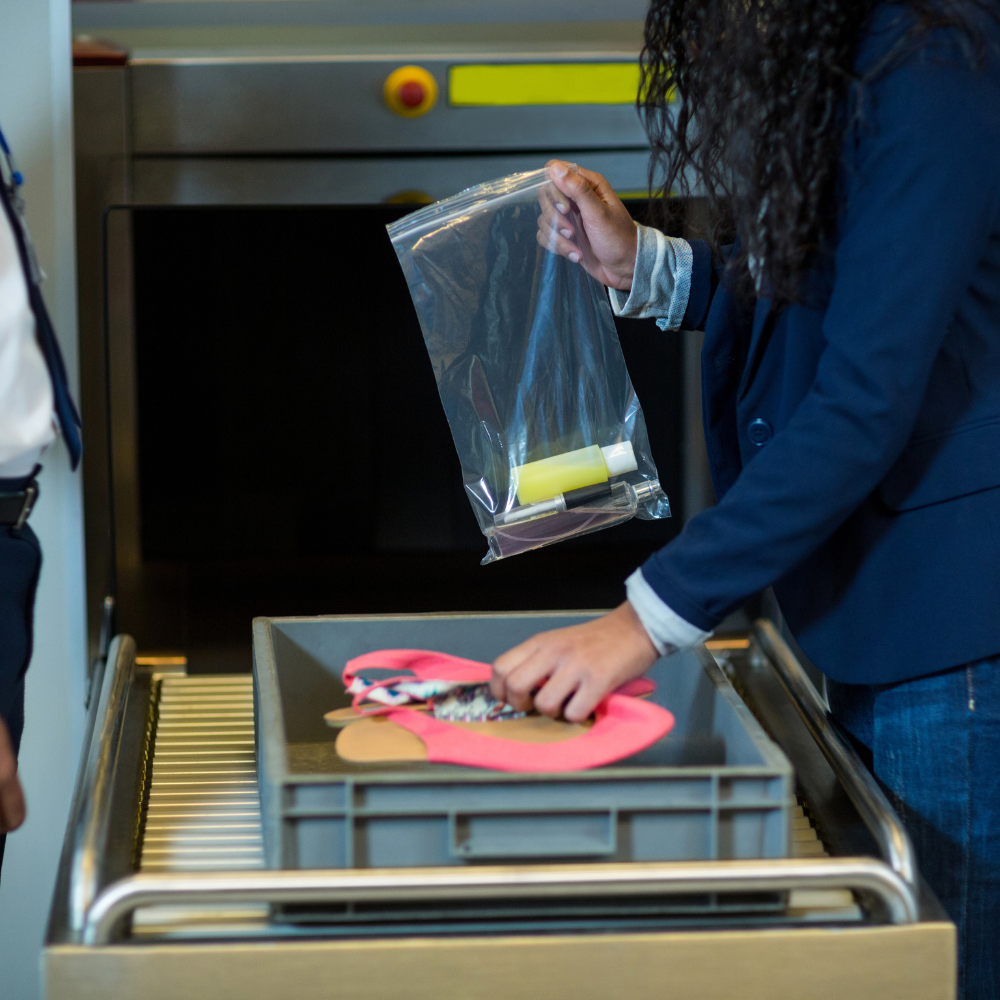
In an effort to control tourism, the Italian city of Venice is anticipated to approve the trial of a €5 ($5.37; £4.29) daily fee for visitors.
All visitors older than 14 will be required to pay the fee and reserve their entry into the city in advance.
Simone Venturini, a member of the city council responsible for tourism, says that the experiment will be conducted during peak tourist seasons next year.
He mentioned that Venice is one of the most visited locations in Europe and therefore suffers the most from overtourism.
Overtourism is widely acknowledged as a pressing issue in Venice. According to the Italian national statistics institute, the city hosted nearly 13 million visitors in 2019.
The city is only 7.6 square kilometers (2.7 square miles) in size. In the future years, the number of tourists is anticipated to surpass pre-pandemic levels.
Mr. Venturini stated that the objective is to encourage daily visitors to choose [off-peak] days.
They wish to evaluate the fee and if necessary, modify it as he mentioned that they cannot discuss the optimal course of action for a long time.
In January of this year, Unesco recommended that the city be added to a list of endangered world heritage sites because climate change and widespread tourism threaten to cause irreversible changes.
After a ship crashed into a harbor in 2021, large cruise ships were prohibited from accessing the historic center of Venice via the Giudecca canal.
Critics had also asserted that the ships were polluting the environment and eroding the city's flood-prone foundations. However, it is unclear whether the proposal to implement a daily fee will deter tourists.
Karina, who is from Germany, stated that she would have no trouble paying the fee as she is on vacation so €5 is reasonable. However, other visitors concur that action should be taken.
More and more residents in Venice are choosing to flee, as tourists threaten to overwhelm the historic island city.
Valentini Rizzi, a doctoral student at Iuav University, has spent five years in Venice. She had difficulty finding a place to live, but ultimately located a landlord who was willing to sign a long-term lease with a student. Others, however, have not been so fortunate.
Citizen associations Ocio and Venissa have undertaken studies to track the number of beds available for tourists and city residents.
According to the most recent update, there are 49,693 beds for tourists and 49,308 beds for residents; therefore, there are more beds for tourists than for residents.
In April, Maria Fiano, a teacher who heads Ocio, was surprised by the findings of the data collected by her organization. She explained that in only five months, the number of tourist bedrooms increased by 1,000.
She stated that many former government structures, such as the Chamber of Commerce, have been transformed into hotels. It is a dramatic situation because it signifies the transformation of a city into a non-city inhabited by transients.
Ms. Fiano believes that limiting the number of vacation rentals is the solution to the problem. She is skeptical that the daily levy will be effective.



